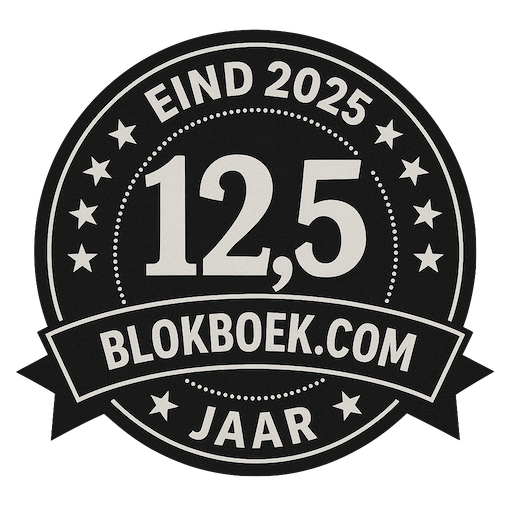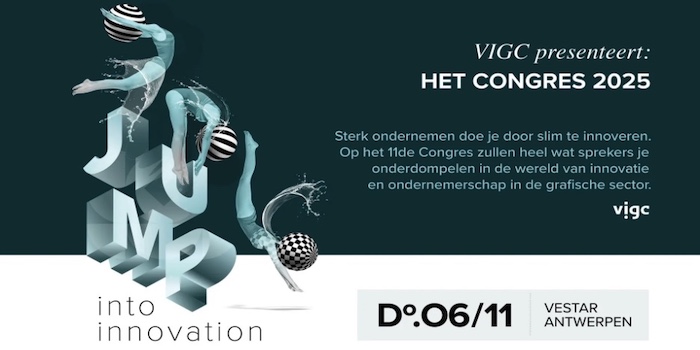Laurel Brunner: Going Round in Circles
 The Greek government’s antics and dissemblings to the upper echelons of the European Commission have been astonishing. They’ve been played out on a public stage that one way or another has involved everyone. But life goes on beyond the bounds of Greek high drama, even for the European Union (EU). The new circular economy strategy for Europe is a case in point.
The Greek government’s antics and dissemblings to the upper echelons of the European Commission have been astonishing. They’ve been played out on a public stage that one way or another has involved everyone. But life goes on beyond the bounds of Greek high drama, even for the European Union (EU). The new circular economy strategy for Europe is a case in point.
The EU has an open consultation underway to gather input for what a European circular economy might look like. The EU hopes to present its plans later this year and the technocrats hope that it will “transform Europe into a more competitive resource-efficient economy”. But the printing industry is already highly sustainable, so does the circular economy matter?
A circular economy is a restorative one, whereby biological materials are designed to return to nature and technical ones to circulate endlessly within a manufacturing system. This is in stark contrast to a linear economy which takes raw materials, creates products and then moves on, creating waste which mostly ends up in landfill. A circular economy is relevant for all industrial sectors because it has the scope to create a more sustainable alternative, managing resources so that the earth can begin to heal and economies are self-supporting.
Raw materials are fundamental to the success of any manufacturing enterprise and print is no different. Recycling habits and equipment reuse are already well entrenched and paper, which accounts for around 70% of print’s carbon footprint, is one of the most widely recycled materials. Its popularity as a recyclate has created a range of markets for secondary raw materials and new businesses from waste collection and sorting, to new paper based products.
Waste features prominently in the EU’s strategy, so European printers and their supply chains can expect new legislation on waste handling and management. It is expected that waste reporting requirements will be simplified. Another hint is the focus on covering “the whole value chain and … concrete measures with clear EU added value”. This is about resource efficiency and closing the loop of the circular economy for the growth and jobs agenda that underlies much EU policy.
A primary objective is to tidy up the existing tangle of EU rules, regulations, communications and directives relating to the environment. The result should be a cohesive framework that supports new business development and entrepreneurship, leading to growth in the green economy and beyond. This inevitably creates opportunities for printers and publishers. And brand owners and their service providers will need to pay close attention to labelling and product information requirements.
It takes about half an hour to complete but this consultation is your chance to have your say and even promote your position, if you have one. http://ec.europa.eu/environment/consultations/closing_the_loop_en.htm.
Laurel Brunner

This blog has been made possible by: Agfa Graphics (www.agfa.com), Digital Dots (http://digitaldots.org), drupa (www.drupa.com), EFI (www.efi.com), Fespa (www.fespa.com), Heidelberg (www.uk.heidelberg.com), Kodak (www.kodak.com/go/sustainability), Mondi (www.mondigroup.com/products), Pragati Offset (www.pragati.com), Ricoh (www.ricoh.com), Shimizu Printing (www.shzpp.co.jp), Splash PR (www.splashpr.co.uk), Unity Publishing (http://unity-publishing.co.uk) and Xeikon (www.xeikon.com).
Blokboek.com is the Dutch media partner of Verdrigris, a non-profit initiative which aims to realistically chart the real footprint of printing and which helps companies and organisations to lower that footprint. More information about Verdrigris can be found via this link.

De trainingen voor 2022 staan gereed. Kijk voor het volledige online aanbod van bestaande- en nieuwe trainingen op de website.
BLOKBOEK.COM EN PRINTMEDIANIEUWS: HET OPTIMALE DOELGROEP BEREIK


















